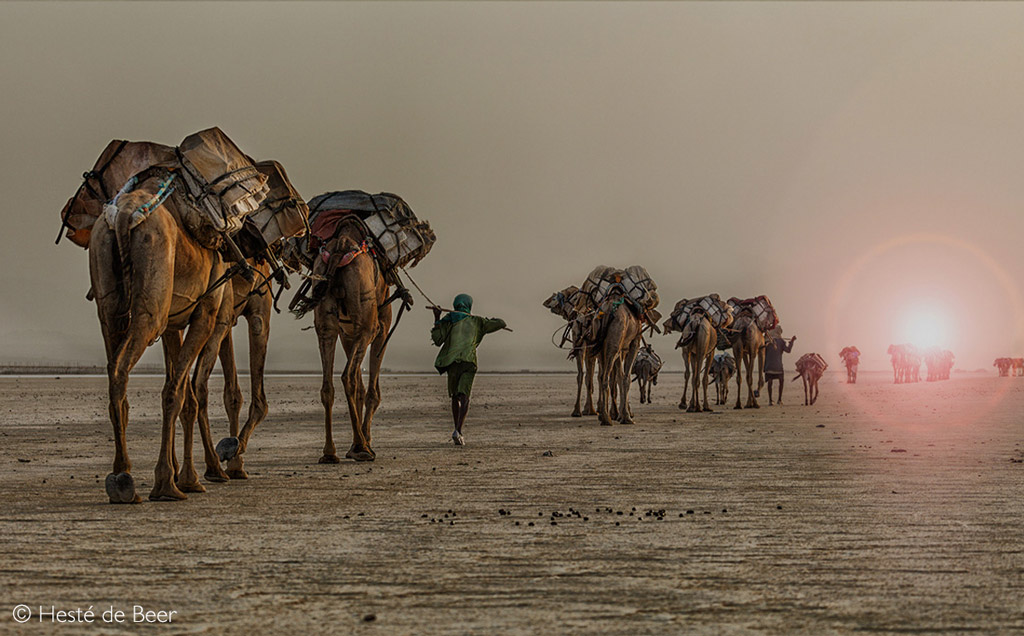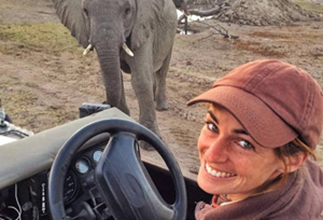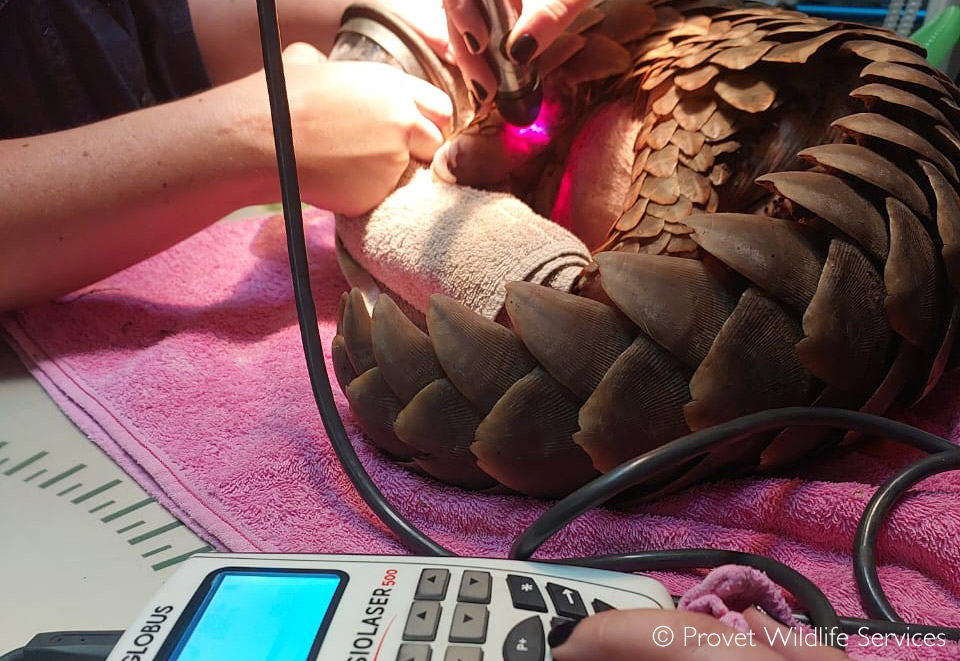
This is a copy of our weekly email newsletter. Subscribe here to receive the newsletter.
Magnificent Matusadona + Giraffe return to Iona

There are leopards in my garden and I think this could end badly – for one particular leopard. Let me explain.
I live in a wildlife estate on the border of the Greater Kruger; leopards come and go as they please. That’s one of many joys of living here. Lizz and I let them be, keep our dogs safe and just get on with it.
But respectful co-existence is not enough for some people. One estate resident not far from us built a waterhole meters from their back porch (not permitted in terms of the estate rules), rigged up infra-red cameras and offered video feeds for Facebook friends. A well-known female leopard got used to bringing her two cubs to the waterhole – and they would hang out. One of those cubs is now all grown-up and hanging around the estate – he recently killed two pet dogs and has been seen following people walking their dogs in the estate. There are many such illicit waterholes on our estate – influencing wild animal behaviour.
What if he kills a child? I bumped into him when cycling recently – and he was very relaxed in my presence – a mere 25m away.
Habituating leopards, be it a commercial tourism strategy to meet client expectations, or for some personal need, has many implications and layers. My observations above relate to leopard habituation to people on foot in residential wildlife estates and leopard attraction to dogs as food, whereas here is an interesting article about habituation for tourism purposes.
Where will this end for this leopard? Whether he remains here or moves elsewhere with domestic dogs and enthralled humans on tap, I fear this will not end well for him.
Keep the passion

Simon Espley – CEO, Africa Geographic
Post publishing edit: I changed ‘lights’ to ‘infra-red cameras’ and ‘live streaming’ to ‘video feeds’. I also added, ‘There are many such illicit waterholes on our estate – influencing wild animal behaviour.’
From our Editor – Taryn van Jaarsveld

On the shores of Lake Kariba in northern Zimbabwe lies a remarkable piece of African bushveld: Matusadona National Park. Once dogged by rampant poaching, this park is fast on the way to becoming one of Zim’s top safari destinations. Matusadona is also the site of one of the most extensive wildlife relocations in history, with the famous “Operation Noah” putting the park on the map. Read more about this top safari spot in our first story below.
In another, more recent, relocation, giraffe have returned to Iona National Park, Angola. This week, 14 Angolan giraffe made the long journey from Namibia to their historical range in Angola as a part of a long-term plan to restore and enrich the biodiversity of this sublime wilderness area. Read more in our second story below.
A safari in South Africa offers the world in one country and delivers on most safari bucket lists requests – from the Big 5 icons and lodges of Greater Kruger to the beaches and cosmopolitan buzz of Cape Town. Start planning your South African adventure with the help of our third post below.
Happy celebrating Africa!

Story 1
https://africageographic.com/stories/matusadona-national-park/
MATUSADONA NP
Matusadona National Park is a remarkable African wilderness & one of Zimbabwe’s top safari spots
Story 2
https://africageographic.com/stories/giraffe-return-to-iona-national-park/
ANGOLAN GIRAFFE
Giraffe have returned to Iona NP, Angola, through efforts to restore biodiversity to the region
Story 3
https://africageographic.com/travel/places/south-africa
SOUTH AFRICA
Everything you need to know about the perfect safari in South Africa
 TRAVEL DESK UPDATES:
TRAVEL DESK UPDATES:
Bush or beach? We’ve got it all: from the floodplains of Kafue to the island paradise of Mozambique. Our safari experts are on standby and ready to book your trip:
Kafue Explorer – Kafue National Park, Zambia (6-8 days) – from US$ 2,290 pps
Visitors to Zambia’s vast Kafue National Park are treated to magnificent displays of Africa at its most spectacular through the miombo woodlands and across verdant floodplains. Explore this extraordinary wilderness and its waterways, encountering the park’s abundant wildlife along the way. Our packages showcase the best that Kafue has to offer.
Stay 4, pay 3 at Santorini, Mozambique
Nestled above the red cliffs of Kingfisher Bay in Vilanculos, Santorini’s unfurling view of the Bazaruto Archipelago in the distance is unsurpassable. Santorini is like a small Greek village in the heart of a raw African landscape – a magical combination. Stay 4 and Pay 3 in 2023 and 2024 (excluding 20 Dec-10 Jan). Your stay will include a complimentary private snorkeling trip to Margaruque Island.

From our Scientific Editor – Jamie Paterson

We all know that the beak/bill shape of birds is related to dietary function: the sharp, hooked beaks of the avian predators, the stabby, harpoon-shaped beaks of herons, the flat, spoon-like bills of many waterfowl and so on.
But did you know scientists have found a strong correlation between beak shape and nesting material? Think of the variety on display – most raptor chicks hatch onto a perilous platform of sticks held together by a wish and a prayer, while the tiny hatchlings of sunbirds enter a delicate world wrapped up in spiderwebs. Hammerkop chicks grow up in a veritable mansion, while the most that a baby plover can hope for is learning to fly before it gets stepped on.
The point here is that animal behaviours and physical forms are shaped by millennia of selective pressures that are not necessarily as obvious as they first appear.

Save a pangolin
Yet another pangolin has been treated by Provet Wildlife Services in the bushveld town of Hoedspruit, near Greater Kruger.
This time, the patient, a female pangolin, was found caught on an electric fence. Her arm was severely damaged and required intensive treatment and bandages for over three months. This lucky girl has recovered well and is now able to use her arm for foraging and feeding again.
Thank you to all who have generously donated and joined the fight to save these pangolins. Without your support they would not receive the vital emergency care provided by Provet. Learn more here.
Note all pangolins are housed at offsite locations for security purposes

 WATCH: When you’re a plant, it’s not easy to make sure your seeds are spread far and wide and safely buried. Unless you can trick a dung beetle into doing it for you… (02:24). Click here to watch
WATCH: When you’re a plant, it’s not easy to make sure your seeds are spread far and wide and safely buried. Unless you can trick a dung beetle into doing it for you… (02:24). Click here to watch
To comment on this story: Login (or sign up) to our app here - it's a troll-free safe place 🙂.![]()








